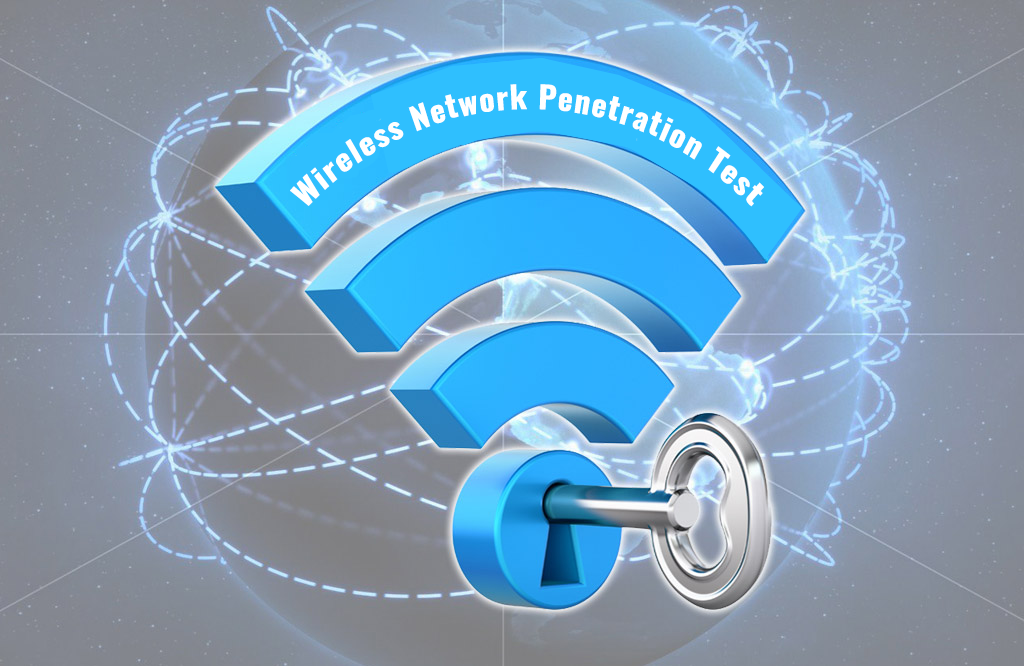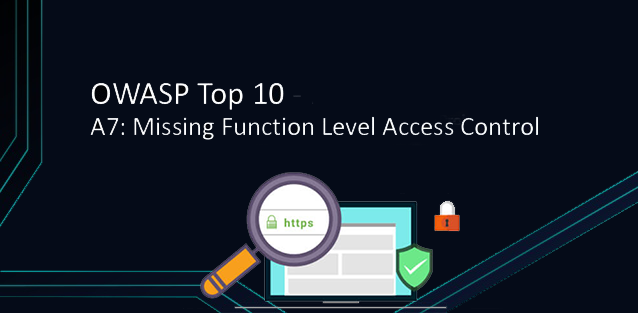Wireless networks are all around us everywhere, a network of millions of devices that are constantly exchanging data with the World Wide Web. As you may be aware, information rules the world, which means that the data your wireless gadgets transmit may be of great interest to someone nearby.
It could be a criminal investigation or a totally lawful examination into a company’s security that meets all of the requirements. Wireless Network Penetration Tests include SSID Detection, Detection of Encryption Types, Detection of clients connected to Wireless Network, Wireless Network Listening tests, password tests, WPS Service tests, Fake Access point tests, Wireless Signal Spoiling tests, Enterprise services and password security tests.
1. Basic distrust of Wi-Fi networks
Wi-Fi networks are intrinsically unsafe, or rather, the security of the access point and the security of the wireless network client are incompatible. Outsiders are not allowed to connect to the access point. Outsiders are not allowed to connect to the access point. Encryption methods and filtering lists for various hardware parameters are developed.
2. What methods are used to penetrate into wireless networks?
The victim’s involvement in the intervention process can be reduced in three ways:
- Open access point: Using this method provides a constant stream of completely unrelated users who are unlikely to be employees of the company whose security you are testing.

- Connecting devices to the network using default passwords that have not been changed.

c) Brute force attack can be performed on the four-handed handshake traffic between the client and the access point in the captured packets.
Again, with many tools like Wireshark, attacks on wi-fi networks can be easily performed.
3.For Wireless Network Security;
- The default name (SSID) of your wireless network should be changed,
- A strong password should be used to protect the wireless network,
- A strong network encryption method should be used,
- Wi-Fi should be turned off when you don’t need it,
- Device software should be kept up to date,
- MAC Filtering should be used,
- Firewall should be used,
- Remote management features should be turned off,
- WPS feature should be turned off,
- The network name (SSID) must be hidden.
All of these flaws can be found using a network penetration test. In accordance with the findings of the studies and applications, security measures are implemented for both end users and network administrators to prevent the acquisition of network passwords on all networks in general, and wireless local area networks in particular.








